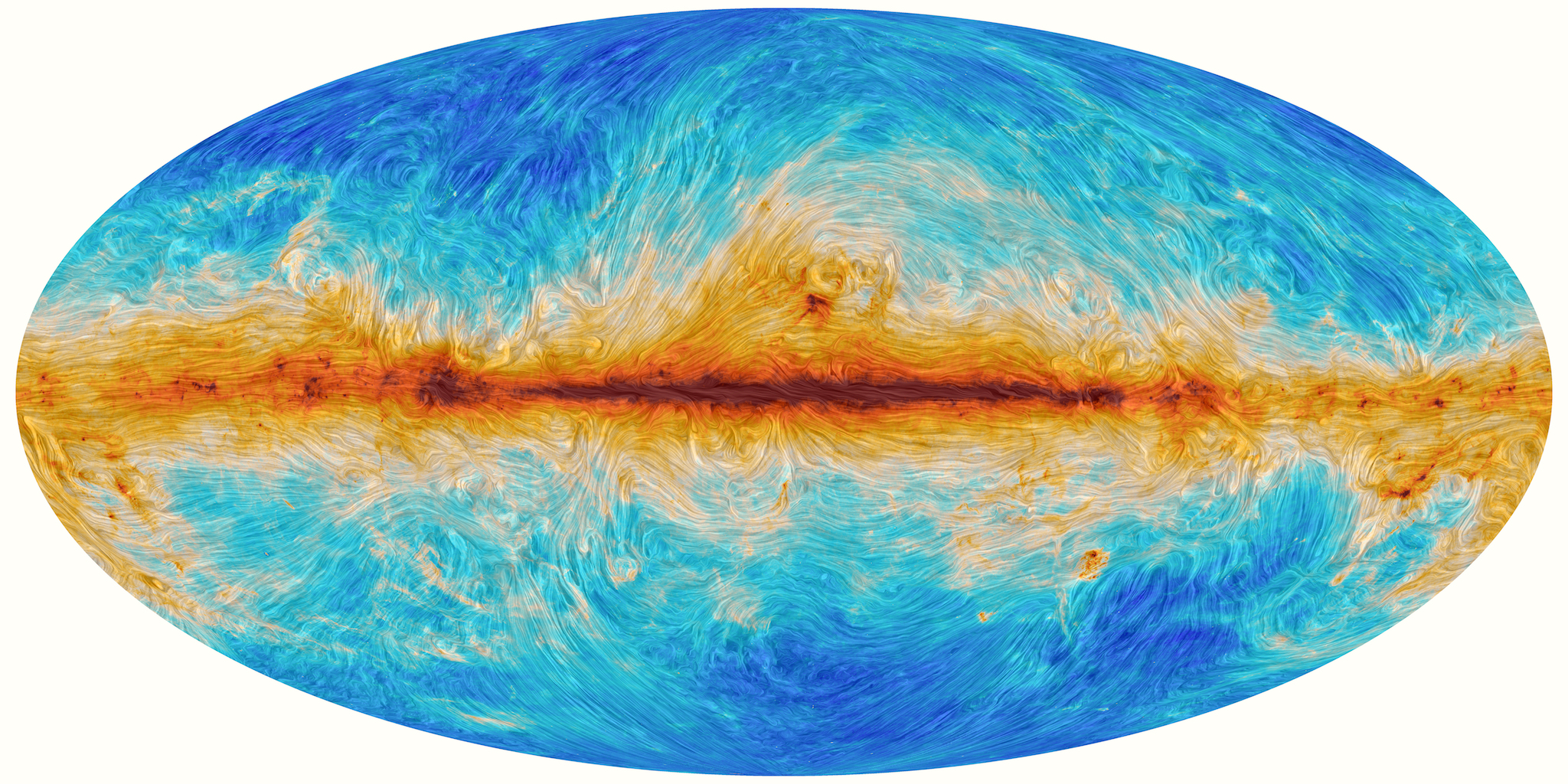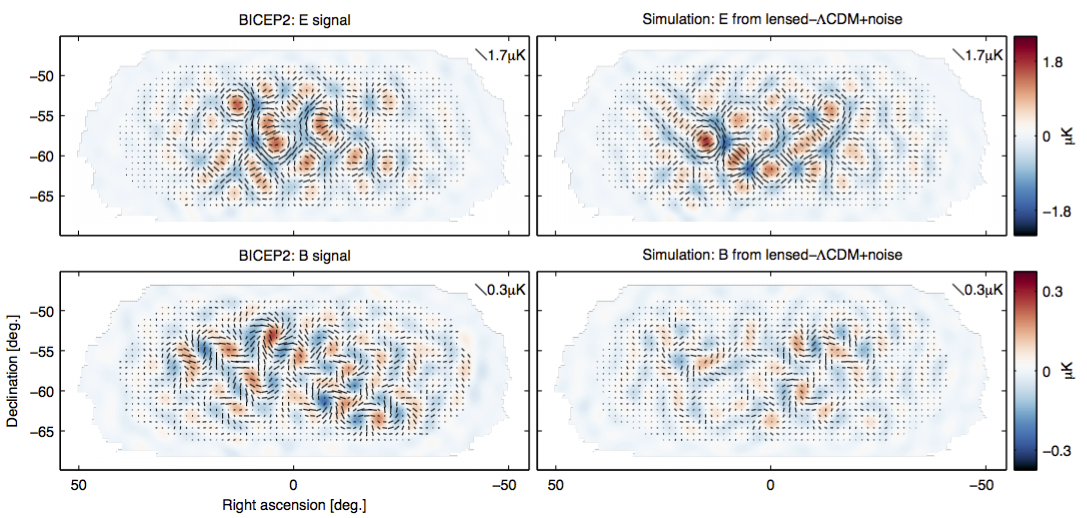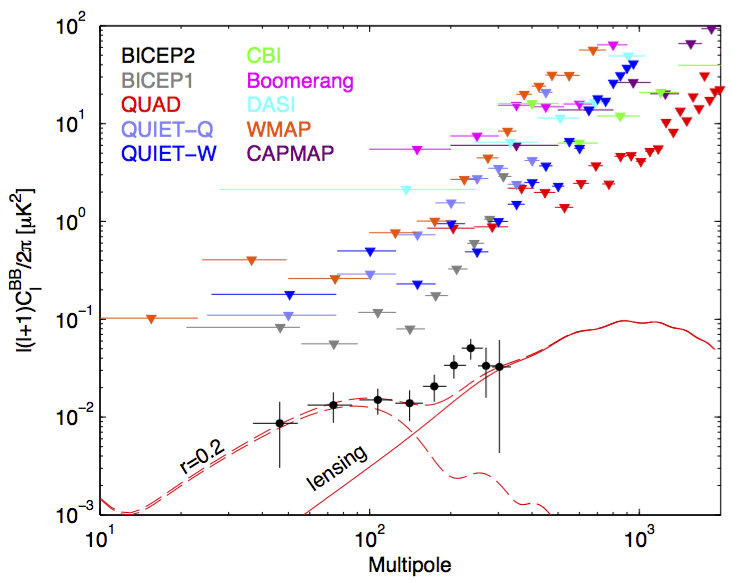Temas de Pesquisa
Uma parte substancial de meu tempo tem sido dedicado ao estudo do universo primordial e problemas relacionados como a existência de mecanismos capazes de evitar a singularidade inicial do modelo do big-bang. Recentemente, minha atenção foi redirecionada para astrofísica e a física das interações fundamentais. Em particular, eu estou interessado na física de buracos negros e objetos colapsados não-singulares. Nos itens abaixo, vocês podem encontrar uma breve descrição de alguns de meus tópicos de pesquisa.
A lista de minhas publicações científicas (clique aqui)
Universo Primordial
It is the attempt to include quantum gravity effects in the evolution of the primordial universe. It differs from quantum gravity for not aiming to construct a full quantum theory but for as long as we do not have a finished quantum gravity theory, quantum cosmology will lack solid theoretical basis. Notwithstanding, quantum cosmology should correctly include first order quantum correction in the evolution of the primordial universe. There are three main approaches to quantum cosmology: Wheeler-de Witt, strings and Loop quantum cosmology. Each approach has its advantages and drawbacks. The main goals of quantum cosmology is to manage the initial singularity, to describe quantum cosmological perturbations and to advance observational signals left in the CMB, primordial gravitational waves, etc.
Non-singular models are solutions describing the early universe that can successfuly avoid the primordial singularity. Within the possible scenarios there are four groups: cyclic universes, bounce models, ever accelerating or finite-age universes. The first three describe eternal universes where there are respectively an infinte number of contractions and expansion phases, only a single contraction and expansion phase and with no contraction but a eternal accelerating expanding phase. The finite-age universe rest on possible mechanisms of signature change of the metric and hence an event (hypersurface) where the purely four dimensional manifold mutates into a 3+1 spacetime. The main challenge of these scenarios is to provide reasonable physical mechanisms to avoid the singularity and still measure up the inflationary scheme.
The inflationary scenario is the most common paradigm of early universe cosmology. It represents an extremely violent expansion (almost de-Sitter) during the early phase of the universe. The idea is that a quasi-exponential expansion can ease several problems of the standard Big Bang cosmology such as isotropy, topological defects and flatness problem. Inflation is a semi-classical approach that includes quantum fields (most commonly self-interacting scalar fields) on a classical spacetime. As a bonus, inflation proposes an interesting formulation of initial conditions for cosmological pertubations and can predict the observed CMB scale-invariant power spectrum. Notwithstanding, Inflation suffers from some fundamental issues. Inflation cannot easily avoid the initial singularity. Indeed, within GR and scalar field inflation, the Hawking-Penrose singularity theorems can be extended to show that an inflationary universe is geodesically past incomplete. A second challenge is the trans-Planckian problem which appears if the period of accelerated expansion lasts too long. In this case, the physical wavelengths of the observed cosmological scales today must have originated at a sub-Planckian regime, hence, invalidating the whole inflationary regime. The transition from a quantum to classical perturbation dynamics is also not well establish and finally, the final stage of an inflationary regime, namely, the reheating is a complete open issue.
Cosmologia
The usual early universe theory of cosmological perturbations relies essentially on the assumptions that the background is described by pure GR, while the perturbations thereof stem from quantum fluctuations. It is a semiclassical approach, where the background classical equations are heavily used in the simplification of the equations. Quantum cosmology is by definition off this regime and hence perturbation theory becomes much more involved. Notwithstanding, canonical transformations techniques can be used to simplify the Einstein-Hilbert action without ever using the classical background equations. This is a very powerful formalism for the evolution of primordial perturbations but might also be used to analyze the validity of linear perturbation in the late time universe and its relation to back-reaction issues.
Interações Fundamentais
General Relativity is widely accepted as a fundamental description of gravity and is the most adequate from an observational point of view. GR has the best result if we consider all scales, i.e. solar systems up to cosmology. Nevertheless, there are the dark sector in the standard cosmological model and the incompatibility quantum field theory with GR strengths the search for extensions of GR. In the classical regime, fundamental theories or phenomenological approaches are used to mimic dark energy effects in cosmology or to induce extra terms in order to avoid spacetime singularities.
Maxwell's electromagnetism has matched all the experimental test up to date. Notwithstanding, there are good theoretical arguments to consider extensions to non-linear electrodynamics. These theories can be viewed as fundamental or as effective descriptions that might be valid, for instance, in condense matter systems. In astrophysics, non-linear electrodynamics can provide regular (non-singular) black hole solutions and, in cosmology, can yield non-singular cosmological models. A third scope is to analyze analogue models that mimics gravitational spacetime configurations inside laboratory matter systems ( metamaterials are interesting examples).


